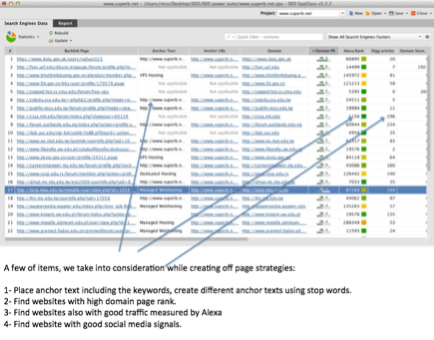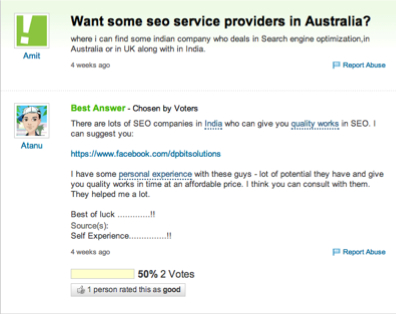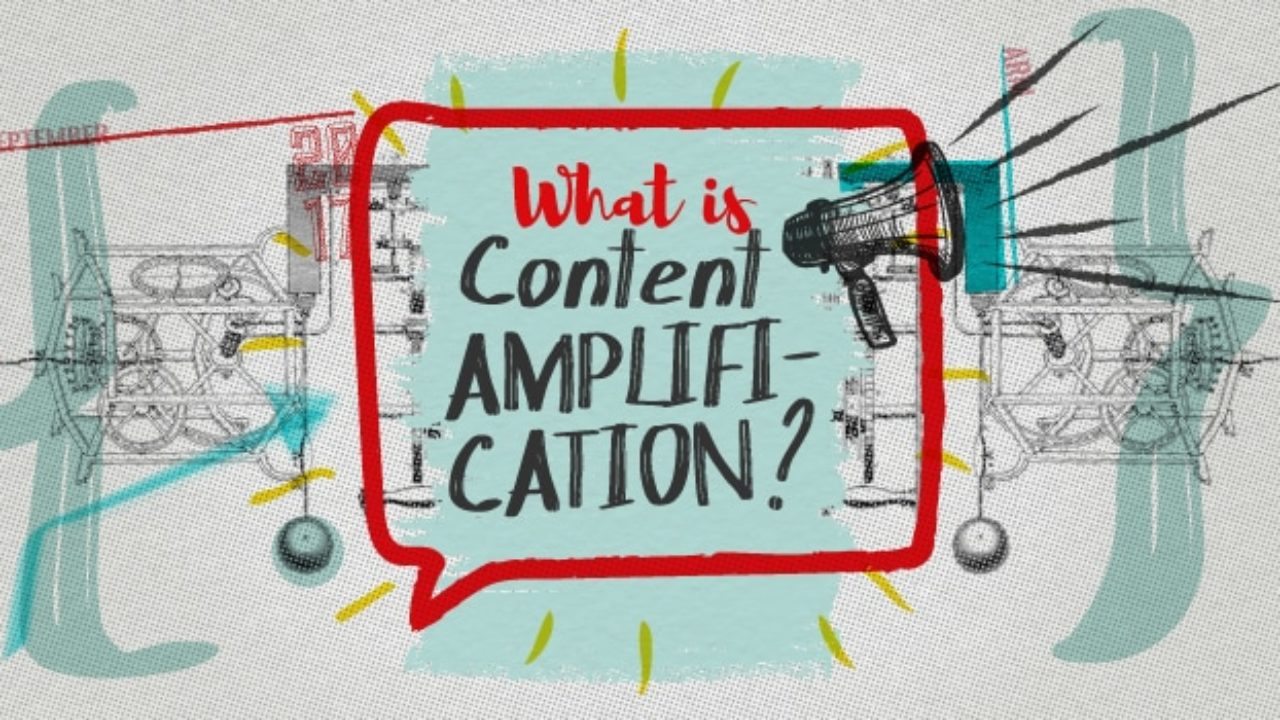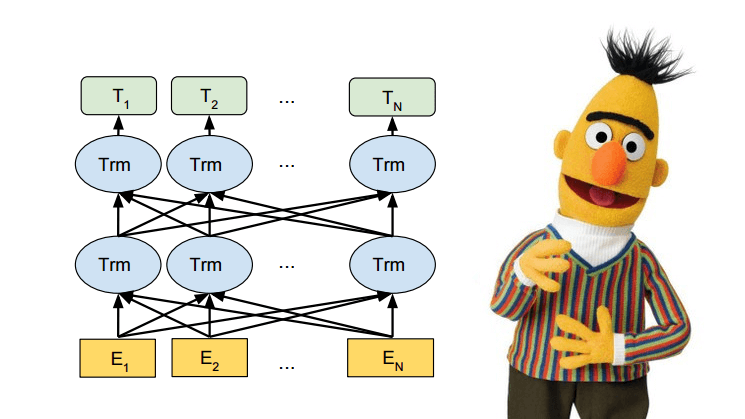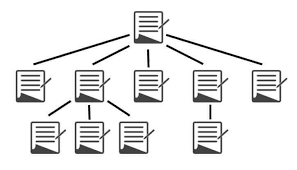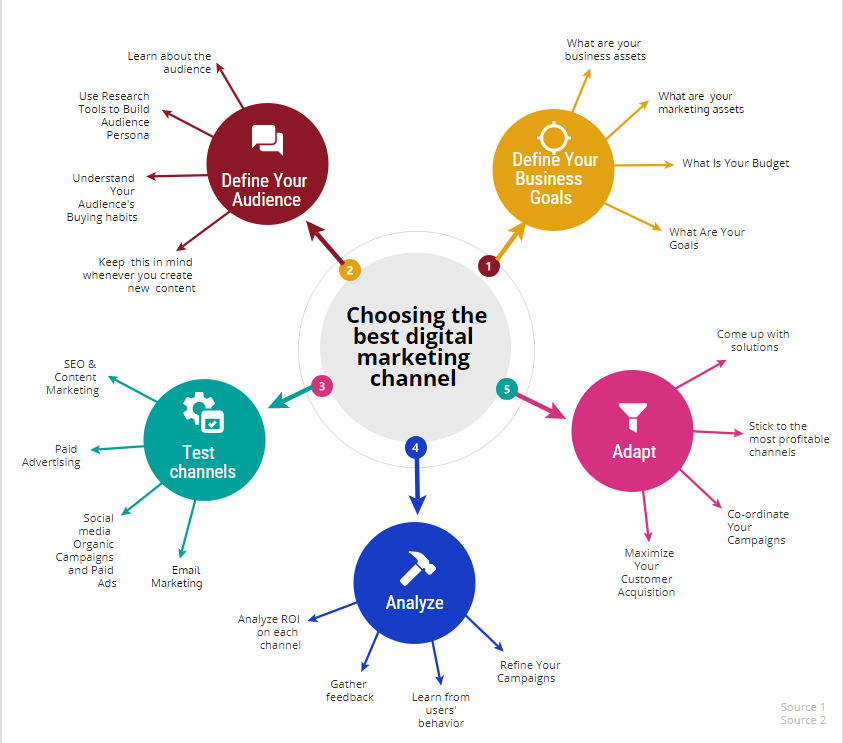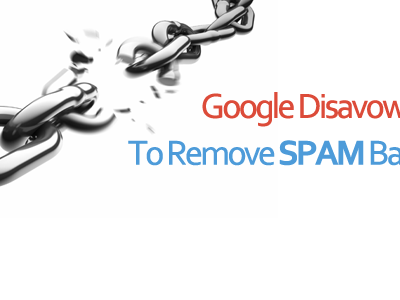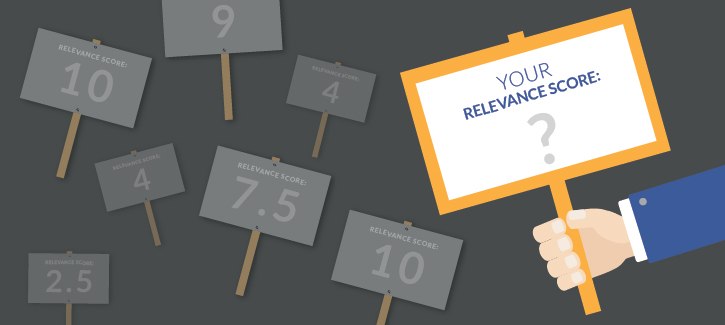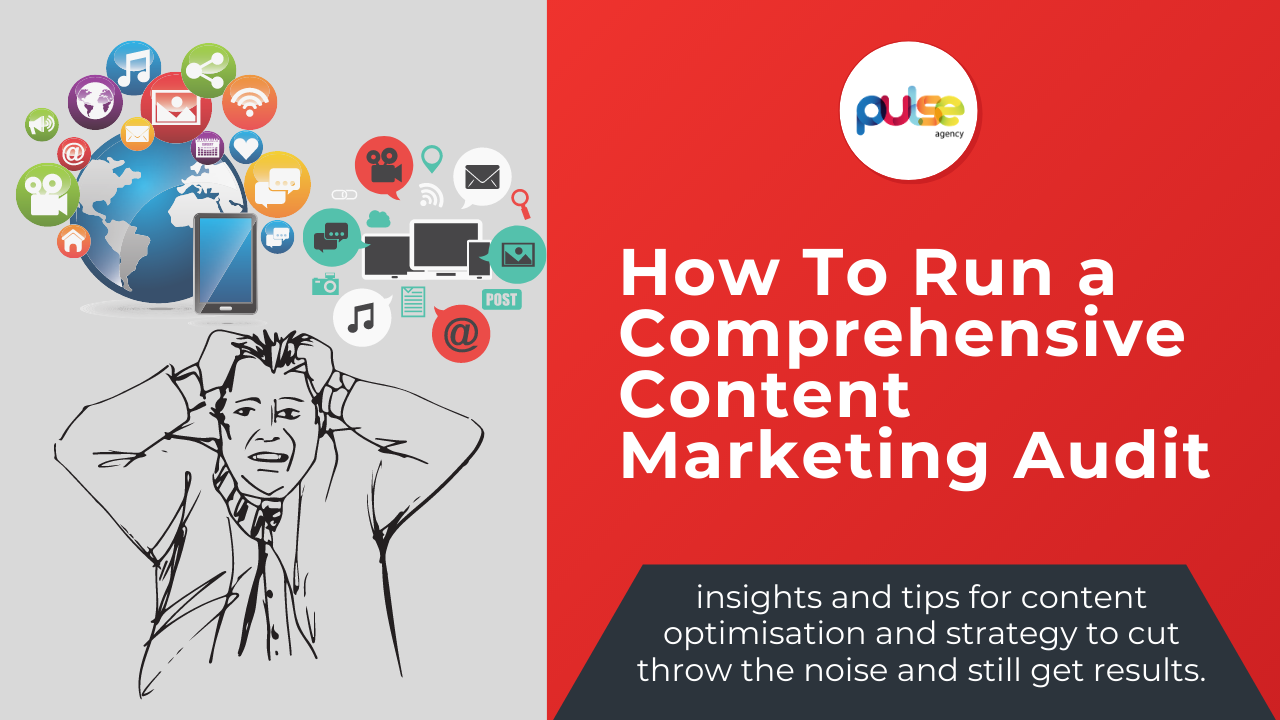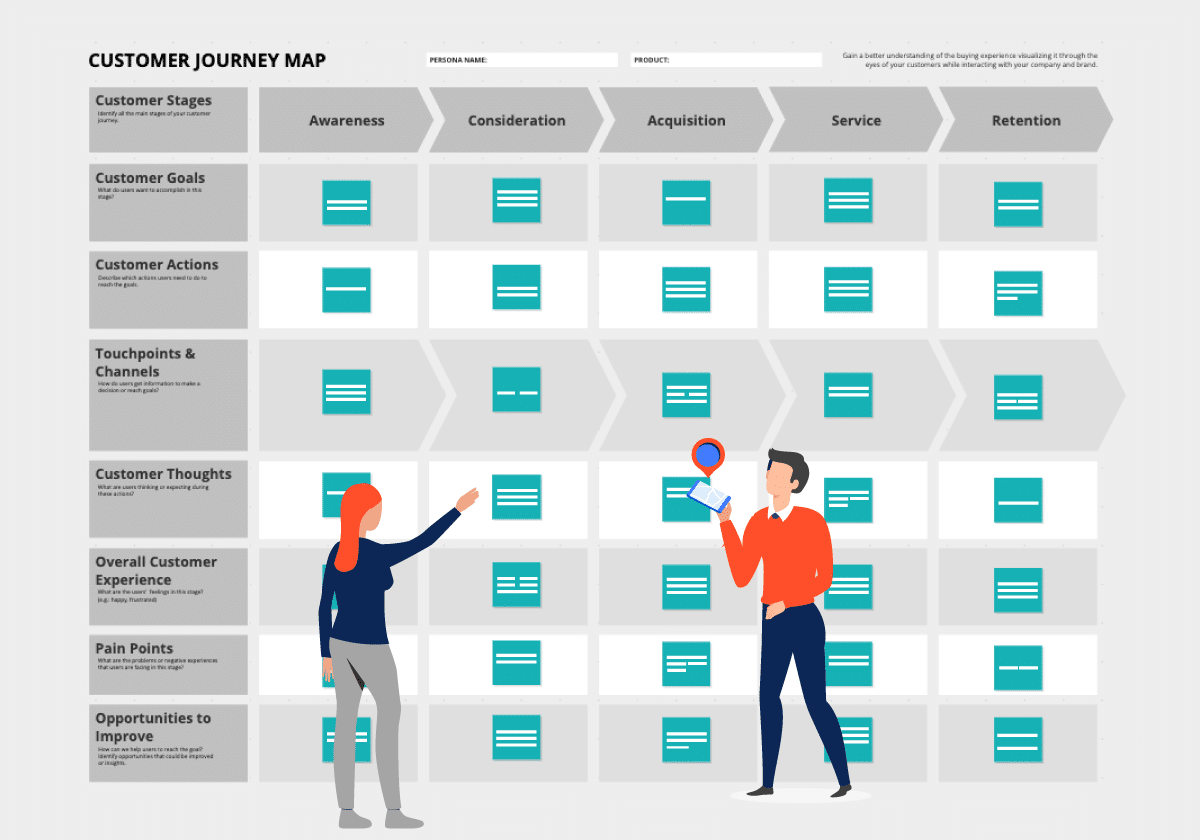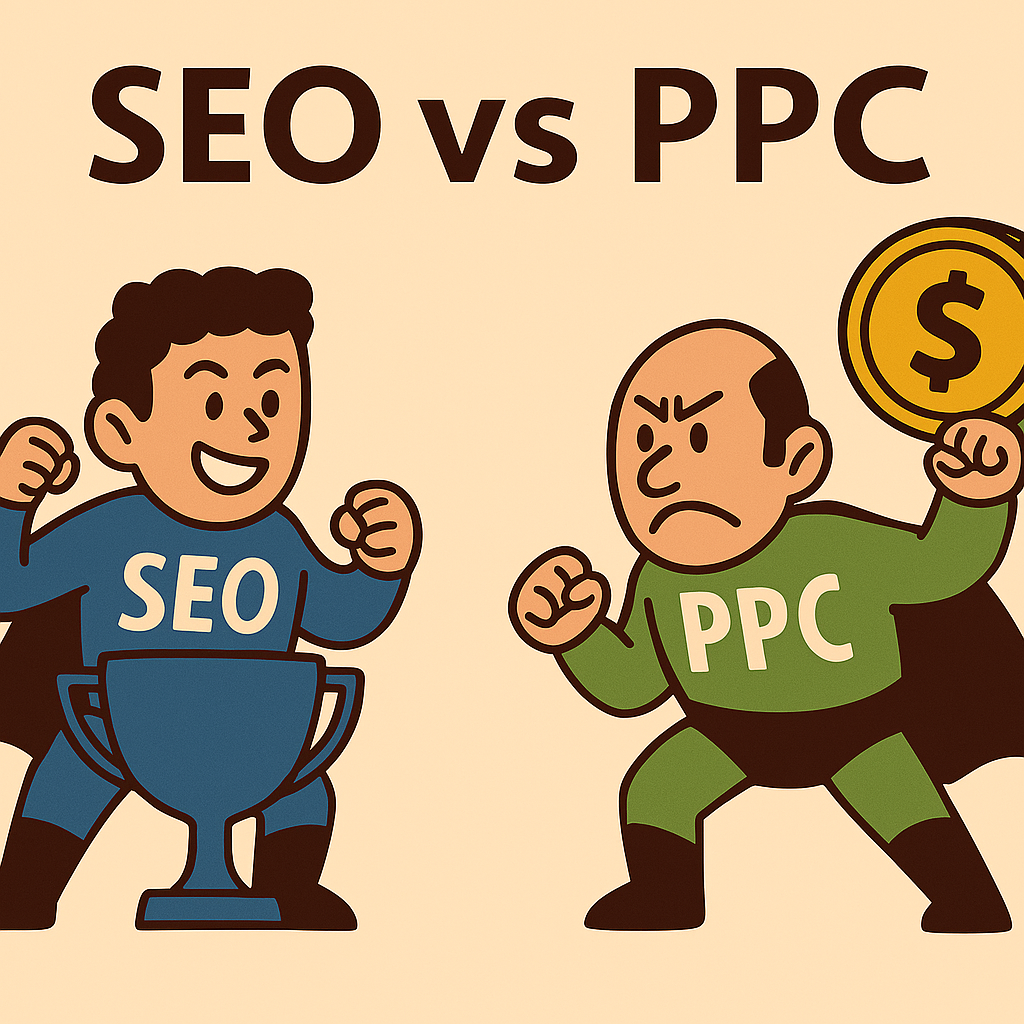Google Penguin has hit Australia
Google Penguin
SEO
How to Recover and Get Back on Track with the Google Disavow Tool December 21, 2012 Did you see a massive 30%+ drop in traffic to your website starting from April 24? If so, it’s likely that Google’s latest anti-spam algorithm, Penguin, has affected you. SEO Before Panda and Penguin Before the introduction of the […]
How to Recover and Get Back on Track with the Google Disavow Tool
December 21, 2012
Did you see a massive 30%+ drop in traffic to your website starting from April 24? If so, it’s likely that Google’s latest anti-spam algorithm, Penguin, has affected you.
SEO Before Panda and Penguin
Before the introduction of the Panda and Penguin algorithms, SEO (or at least the practice of positioning a URL against keywords) was relatively straightforward:
- Many keyword-rich anchor texts point from various sources (domains like .net, .org, .edu, etc.)
- A social bookmark blast
- Some basic on-page optimisation
These practices would typically yield good results.
Changes with Panda and Penguin
After the Panda and Penguin updates, SEO became much more challenging and, therefore, more enjoyable. A significant difference between the two algorithms is that while Panda focuses on poor-quality content, Penguin was designed to target spam.
Google Penguin’s Targets
Google Penguin targets several specific practices:
- Article directories
- Blog networks
- Footer and sidebar links
- Unnatural link-building growth and practices (e.g., branded anchor texts and link velocity)
Next Steps
Here are some strategies to recover and improve your SEO practices:
Guest Posting on Quality, Related Sites
- Research relevant industry blogs
- Aim to become a guest contributor
Press Releases
- Avoid free submission press release websites
- Use reputable services like PRWeb
- Only send press releases when you have genuinely interesting news
Human-Edited Directories
- Submit your website to directories such as DMOZ, Yahoo Directory, and BOTW
- Avoid automated directories unless they are local, niche-focused, or recognised brands like White Pages, Yellow Pages, and HotFrog
Article Submissions
- Stop submitting articles with duplicated content
- Avoid low-quality article submission websites like Ezines
Social Bookmarking
- Cultivate a set of accounts over time instead of scattering large quantities via multiple accounts.
- Good sites to join include Diigo, Mister-Wong, Jumptags, Digg, and Webmark
Link Building
- Vary the link velocity and PageRank
- Do not use the same anchor texts repeatedly
- Use stop words and synonyms for more variation
- Choose sites with good PageRanks, Alexa rankings, and a good number of social bookmarks

.Use Q&A Sites
- Participate in Yahoo Answers and niche forums to become a reputable and trusted source.
- Interact directly with potential customers

Blog Comments
- Engage in targeted commenting on niche and related blogs using your real name.
- Genuine interaction with other commenters will boost your account’s respectability.
Set Up Profiles on Major Social Media Sites
- Create profiles on Facebook, LinkedIn, Twitter, Google+, and YouTube, and frequently update them.
- Share guest posts, press releases, and other content on social media
- Set up profiles on sites like Technorati and Crunchbase
Useful References
Here are some useful references to help you understand more about Google Penguin and SEO strategies:



